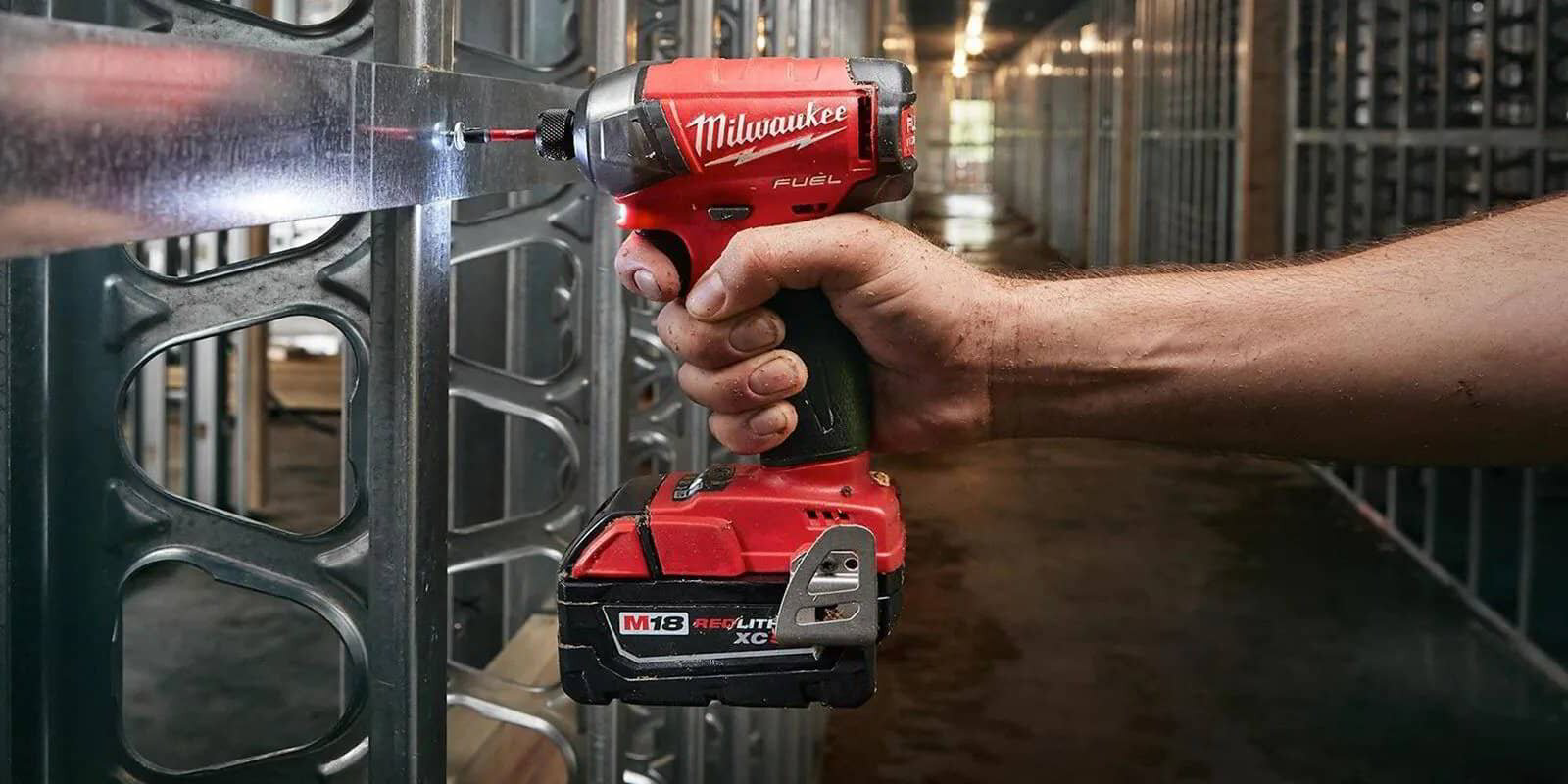

Articles
What Are The Best Power Tool Brands
Modified: January 18, 2024
Discover the top power tool brands and manufacturers in our comprehensive articles. Find out who makes what power tools and choose the best for your needs.
(Many of the links in this article redirect to a specific reviewed product. Your purchase of these products through affiliate links helps to generate commission for Storables.com, at no extra cost. Learn more)
Introduction
Welcome to the world of power tools! Whether you’re a professional contractor, a woodworking enthusiast, or a DIY hobbyist, power tools are an essential part of getting the job done efficiently and effectively. With the wide variety of power tool brands available in the market, it can be overwhelming to choose the right one for your needs. In this article, we will explore some of the leading power tool brands and the types of power tools they specialize in.
Power tools have revolutionized various industries, from construction and woodworking to metalworking and automotive. These tools are designed to provide the power, precision, and convenience necessary to tackle a wide range of tasks. From drilling and cutting to sanding and shaping, power tools have become an indispensable asset for professionals and hobbyists alike.
When it comes to power tool brands, there are several industry leaders that have consistently delivered high-quality and reliable products. These brands have earned a reputation for their innovation, durability, and performance, making them a top choice for professionals and enthusiasts across the globe.
Throughout this article, we will delve into the specific areas where these power tool brands excel. Whether you’re working on a construction site, renovating your home, or pursuing your woodworking passion, you’ll find valuable insights on the best power tools for every task.
So, if you’re ready to learn more about the leading power tool brands and the types of tools they offer, let’s dive right into the world of power tools!
Key Takeaways:
- Power tools are essential for professionals and DIY enthusiasts across industries, from construction to gardening. They provide efficiency, precision, and convenience, transforming tasks and unleashing creativity.
- Safety is paramount when using power tools. Always prioritize wearing appropriate protective gear, following manufacturer’s instructions, and practicing safe operation to prevent accidents and injuries.
Read more: What’s The Best Batteries For Power Tools
The Leading Power Tool Brands
When it comes to power tools, there are several brands that stand out for their exceptional quality, performance, and reliability. These brands have established themselves as industry leaders, providing professionals and enthusiasts with the tools they need to get the job done efficiently. Let’s take a closer look at some of the leading power tool brands:
1. Dewalt: Dewalt is a well-known brand that offers a wide range of power tools, including drills, saws, sanders, and grinders. Known for their durability and ergonomic design, Dewalt tools are favored by professionals in the construction industry. With features like brushless motors and high-capacity batteries, Dewalt power tools deliver outstanding performance and reliability.
2. Makita: Makita is another highly regarded brand in the power tool industry. With a focus on innovation and advanced technology, Makita offers an extensive lineup of tools for various applications. From cordless drills and impact drivers to miter saws and routers, Makita tools are known for their power, precision, and versatility.
3. Bosch: Bosch is a global leader in power tools, providing professionals with top-quality tools for construction, woodworking, and automotive applications. Known for their robustness and cutting-edge features, Bosch tools are designed to deliver exceptional performance and durability. Whether you’re looking for a rotary hammer, a circular saw, or a jigsaw, Bosch has you covered.
4. Milwaukee: Milwaukee is renowned for its heavy-duty power tools that excel in construction, plumbing, and electrical work. With a strong focus on durability and functionality, Milwaukee power tools are built to withstand tough job-site conditions. From their range of cordless drills and impact wrenches to their innovative lighting and measurement tools, Milwaukee offers reliability and performance.
5. Festool: Festool is a brand that caters to woodworking professionals and enthusiasts. Their range of power tools includes track saws, sanders, routers, and dust extractors, all designed to provide precision and efficiency in woodworking projects. Festool tools are known for their exceptional build quality, ergonomic design, and advanced dust collection systems.
6. Hitachi: Hitachi, now known as Metabo HPT, offers a comprehensive lineup of power tools ranging from drills and saws to nailers and compressors. Known for their reliability and ergonomic design, Hitachi power tools are a popular choice among professionals in the construction and woodworking industries.
7. Ryobi: Ryobi focuses on providing affordable and reliable power tools for homeowners and DIY enthusiasts. Their range of tools includes drills, saws, and sanders, offering a perfect balance of performance and affordability. Ryobi tools are widely available and known for their user-friendly features.
These are just a few of the leading power tool brands in the market. Each brand has its own strengths and specialties, catering to the specific needs and preferences of different users. When choosing a power tool brand, it’s important to consider factors such as the type of tasks you’ll be performing, the level of durability required, and the availability of accessories and spare parts.
Now that we’ve explored some of the top power tool brands, let’s move on to discuss the different types of power tools and their applications in various industries.
Power Tools for Construction
In the construction industry, power tools play a crucial role in enhancing productivity and efficiency on job sites. Whether it’s drilling holes, driving screws, cutting materials, or demolishing structures, construction professionals rely on a wide range of power tools to get the job done. Here are some of the essential power tools for construction:
1. Cordless Drill: A cordless drill is an indispensable tool in construction projects. With the ability to drill holes and drive screws effortlessly, cordless drills provide versatility and portability on the job site. They’re available in different power ratings and sizes, allowing construction workers to choose the right drill for their specific needs.
2. Circular Saw: Circular saws are used for making straight cuts in various construction materials, such as wood, plywood, and metal. These power tools are essential for tasks like cutting framing lumber, sheet goods, and roofing materials. Circular saws come in corded and cordless varieties, with features like adjustable bevel angles for precise cutting.
3. Rotary Hammer: Rotary hammers are ideal for tasks that require drilling into concrete, masonry, or stone. These powerful tools combine hammering and drilling actions, making them perfect for drilling anchor holes, installing electrical conduits, and chipping away cement or tile. Look for rotary hammers with features like variable speed control and an anti-vibration system for better comfort and control.
4. Demolition Hammer: Demolition hammers are heavy-duty tools designed for breaking up concrete, asphalt, or other tough materials. They’re commonly used in construction projects that involve demolishing old structures, removing foundations, or tearing down walls. Demolition hammers come in both electric and pneumatic versions, with different sizes and impact forces.
5. Impact Driver: Impact drivers are essential for driving screws and bolts into tough materials. With their high torque output and quick rotational impacts, impact drivers provide excellent driving power, reducing the risk of stripped screws or bolts. They are particularly useful in construction projects that involve assembling structures or fastening metal connectors.
6. Reciprocating Saw: Reciprocating saws, also known as “sawzalls,” are versatile tools for cutting through various materials, including wood, metal, and plastic. They’re commonly used in construction for tasks like cutting pipes, removing nails, or demolishing structures. Reciprocating saws offer different stroke lengths and adjustable speed settings for precision and control.
7. Portable Jobsite Table Saw: Table saws are indispensable for making precise cuts in large construction materials. Portable jobsite table saws are designed to be lightweight and easy to transport, while still providing the power and accuracy needed for on-site cutting tasks. Look for features like a durable rip fence, easy height adjustments, and dust collection capabilities.
8. Power Nailers: Power nailers, including framing nailers and finish nailers, are essential for quickly and securely fastening lumber and other materials. These tools save time and effort compared to traditional manual nailing, allowing construction workers to complete framing, carpentry, and finishing tasks efficiently.
These are just a few examples of power tools used in construction. Construction professionals should carefully select the necessary tools based on the specific requirements of their projects. It’s important to prioritize safety by wearing appropriate personal protective equipment (PPE) and following proper operating procedures for each tool.
Now that we’ve covered power tools for construction, let’s move on to explore power tools specifically designed for woodworking.
Power Tools for Woodworking
Woodworking is a popular hobby and a professional craft that requires precision, creativity, and the right tools. Power tools have significantly transformed the woodworking industry, making tasks faster, more efficient, and more enjoyable. Whether you’re building furniture, crafting intricate details, or shaping wooden objects, here are some essential power tools for woodworking:
1. Table Saw: The table saw is the centerpiece of any woodworking shop. It allows for precise rip cuts, crosscuts, and even angled cuts in various types of wood. Look for a table saw with a sturdy base, a powerful motor, and features like a miter gauge and a rip fence for accuracy.
2. Miter Saw: A miter saw, also known as a chop saw or a compound miter saw, is ideal for making accurate crosscuts and angled cuts. It is commonly used in woodworking projects that involve framing, molding, and trim work. With its ability to make clean, precise cuts at different angles, the miter saw is invaluable for creating tight-fitting joints.
3. Router: Routers are versatile tools used for shaping edges, cutting grooves, and creating decorative patterns on wood. They can be handheld or mounted to a router table for more stability. With various bits available, the router provides endless possibilities for adding intricate details and designs to woodworking projects.
4. Jigsaw: The jigsaw is a versatile handheld power tool used for cutting curves, circles, and intricate shapes in wood. It is perfect for tasks such as making scrollwork, cutting out patterns, or creating custom shapes. Look for a jigsaw with adjustable speed settings and orbital action for better control and flexibility.
5. Random Orbital Sander: Sanding is an essential step in woodworking to achieve smooth and polished surfaces. A random orbital sander combines both the rotation and oscillation movements, resulting in a swirl-free finish. The ability to change sandpaper grit and the presence of a dust collection system are important features to consider when choosing a sander.
6. Band Saw: Band saws are excellent tools for cutting irregular shapes or intricate curves in wood. They consist of a continuous looped band of sharp teeth that allow for more intricate and precise cuts compared to other saws. Band saws are commonly used in furniture making, sculpting, and cutting thick stock.
7. Planer: A planer is used to create smooth and flat surfaces on rough-sawn lumber. It can also be used for thicknessing wood, removing imperfections, and reducing the thickness of a piece of wood to the desired size. Planers are essential for ensuring uniformity and precision in woodworking projects.
8. Router Table: A router table is a stationary platform that securely holds a router upside down. It provides stability and control for more intricate and complex routing operations. Router tables are commonly used in woodworking for tasks like edge profiling, molding, and jointing.
These power tools are just a starting point for a well-equipped woodworking shop. Additional tools, such as a lathe, scroll saw, or a jointer, may be necessary depending on the specific woodworking projects and techniques you are pursuing.
Remember to prioritize safety when working with power tools and use appropriate protective gear, such as safety glasses, dust masks, and hearing protection. Always follow the manufacturer’s instructions and guidelines for safe operation.
Now that we’ve explored power tools for woodworking, let’s move on to discover the power tools commonly used in metalworking.
Power Tools for Metalworking
Metalworking requires specialized tools that can handle the toughness and precision needed to work with various metals. Power tools designed for metalworking provide the efficiency, accuracy, and durability necessary to shape, cut, and manipulate metal materials. Here are some essential power tools for metalworking:
1. Angle Grinder: An angle grinder is a versatile tool used for cutting, grinding, and polishing metal. It can be equipped with various abrasive discs or cutting wheels, allowing for different applications such as smoothing welds, removing rust, or cutting through metal pieces. Look for angle grinders with adjustable speed settings to accommodate different tasks.
2. Bench Grinder: A bench grinder is a stationary tool with grinding wheels that are designed for sharpening, shaping, and polishing metal objects. It is commonly used to remove burrs, sharpen blades, and smooth out rough edges in metalworking projects. Some bench grinders come with additional features like tool rests and adjustable work lights.
3. Metal Cutting Bandsaw: A metal cutting bandsaw is specifically designed for cutting metal stock accurately and efficiently. It uses a continuous band with teeth to cut through different types of metals, including steel, aluminum, and brass. Metal cutting bandsaws have adjustable blade speed settings and can handle various angles and shapes, making them ideal for intricate metalwork.
4. Electric Metal Shears: Electric metal shears are used to cut through sheet metal quickly and accurately. They are handheld tools that utilize a shearing mechanism to cut metal with ease. Electric metal shears are commonly used in industries such as roofing, HVAC installation, and automotive bodywork.
5. Metal Lathe: A metal lathe is a versatile machine tool used for shaping metal objects by rotating them while a cutting tool is applied to the workpiece. It is used for tasks such as turning, facing, drilling, and threading various metal components. Metal lathes come in different sizes and can handle a wide range of metalworking projects.
6. TIG Welder: TIG (Tungsten Inert Gas) welding is a precise and clean method of joining metal components. TIG welders use a non-consumable tungsten electrode to create an electric arc that melts the base metal and filler rod, forming a strong and precise weld. TIG welders are commonly used in industries like automotive, aerospace, and fabrication.
7. Metal Cutting Saw: Metal cutting saws, such as cold saws or metal chop saws, are designed specifically for cutting metal tubes, bars, and profiles accurately and cleanly. They use a circular blade with carbide teeth to cut through metal quickly and efficiently. Metal cutting saws are commonly used in metal fabrication and manufacturing industries.
8. Belt Sander: Belt sanders equipped with metal sanding belts are used for grinding, shaping, and polishing metal surfaces. They are ideal for flattening metal, removing rust or paint, and preparing surfaces for welding or painting. Belt sanders provide a rapid and aggressive material removal for metalworking tasks.
These power tools offer flexibility, precision, and efficiency in metalworking projects. However, it’s crucial to follow safety precautions, such as wearing appropriate protective gear, handling tools with care, and ensuring a safe working environment.
Now that we’ve explored power tools for metalworking, let’s move on to discover the power tools commonly used in automotive repair and maintenance.
When researching power tools, consider the reputation and customer reviews of the manufacturer. Some well-known brands include DeWalt, Makita, Milwaukee, and Bosch.
Read more: What Is The Best Brand Of Power Tools
Power Tools for Automotive
Automotive repair and maintenance require specialized tools designed to handle the unique challenges of working on vehicles. From engine repairs to tire changes, power tools play a crucial role in streamlining automotive tasks. Here are some essential power tools for automotive repair and maintenance:
1. Impact Wrench: An impact wrench is a powerful tool used to tighten or loosen nuts and bolts quickly and efficiently. It is commonly employed for tasks such as changing tires, working on suspension components, or removing stubborn fasteners. Impact wrenches come in both pneumatic and cordless varieties, with high torque outputs for automotive applications.
2. Air Compressor: An air compressor is a versatile tool that powers various pneumatic tools in an automotive workshop. It provides compressed air for tools like impact wrenches, air ratchets, and pneumatic grinders. An air compressor is essential for maintaining proper tire pressure, operating pneumatic tools, and cleaning parts with compressed air.
3. OBD-II Scanner: An OBD-II (On-Board Diagnostic) scanner is a diagnostic tool used to analyze and troubleshoot automotive issues. It connects to the vehicle’s OBD-II port and retrieves diagnostic data, allowing mechanics to identify problems and perform system checks. OBD-II scanners are crucial for accessing and interpreting codes from the vehicle’s computer system.
4. Air Ratchet: An air ratchet is a pneumatically powered tool designed to quickly tighten or loosen fasteners in tight spaces. It is commonly used in automotive repair and maintenance tasks that require a smaller profile and higher speed. Air ratchets save time and effort compared to manual ratchets, making them indispensable in automotive workshops.
5. Cordless Sander/Polisher: A cordless sander or polisher is used for refinishing and polishing automotive surfaces. It is perfect for removing paint imperfections, buffing out scratches, or applying wax and polish to restore the vehicle’s shine. Cordless sanders and polishers provide mobility and convenience without the need for an electrical outlet.
6. Battery Tester: A battery tester is a tool used to measure the charge level and health of a vehicle’s battery. It helps diagnose battery issues and determines whether it needs charging, replacement, or other maintenance. Battery testers are crucial for efficient battery management and ensuring reliable performance of automotive electrical systems.
7. Diagnostic Scan Tool: A diagnostic scan tool goes beyond basic OBD-II scanners, providing advanced diagnostic capabilities for automotive systems. These tools can read and erase codes, analyze live data, and perform comprehensive system checks. Diagnostic scan tools are essential for diagnosing complex issues and performing in-depth diagnostics on modern vehicles.
8. Brake Caliper Wind Back Tool: This specialized tool is used for retracting the brake caliper piston when changing brake pads or performing brake maintenance. It is designed to fit various brake caliper designs and allows for easy compression of the piston, ensuring a proper fit when installing new brake pads.
These power tools greatly enhance the efficiency and precision of automotive repair and maintenance. However, it is essential to ensure proper training, follow safety practices, and use tools correctly to prevent accidents and damage to vehicles.
Now that we’ve explored power tools for automotive repair and maintenance, let’s move on to discover power tools commonly used in home improvement projects.
Power Tools for Home Improvement
When it comes to home improvement projects, having the right power tools can make all the difference in efficiency, precision, and overall success. From simple repairs to major renovations, power tools are essential for tackling a wide range of tasks. Here are some essential power tools for home improvement:
1. Cordless Drill: A cordless drill is a must-have tool for any home improvement project. It is perfect for tasks like drilling holes, driving screws, and assembling furniture. Look for a cordless drill with multiple speed settings, a clutch for torque control, and a variety of drill bits and screwdriver attachments.
2. Circular Saw: A circular saw is a versatile cutting tool that can be used for a variety of home improvement projects. It is ideal for making straight cuts in lumber, plywood, and other materials. Look for a circular saw with a good depth and bevel capacity, as well as safety features like blade guards.
3. Jigsaw: A jigsaw is essential for cutting curves, angles, and intricate shapes in wood, plastic, and other materials. It is particularly useful for tasks like cutting out sink openings in countertops, making decorative patterns, or shaping trim pieces. Look for a jigsaw with variable speed control and orbital action for better cutting versatility.
4. Random Orbital Sander: A random orbital sander is ideal for sanding and refinishing surfaces in home improvement projects. Its random sanding motion helps prevent swirl marks and provides a smoother finish. Look for a sander with variable speed settings and a dust collection system to minimize dust and debris.
5. Reciprocating Saw: A reciprocating saw, also known as a sawzall, is perfect for demolition, cutting through materials, and removing old fixtures. It can be used for tasks like cutting through drywall, removing nails, or trimming tree branches. Look for a reciprocating saw with variable speed control and a selection of blades for different materials.
6. Power Nailer: A power nailer, such as a brad nailer or a finish nailer, is essential for home improvement projects that involve installing trim, baseboards, or crown molding. It saves time and effort compared to manual nailing and provides a more consistent and professional-looking finish.
7. Miter Saw: A miter saw is a precise cutting tool for making accurate crosscuts and angled cuts in wood, plastic, and other materials. It is commonly used for tasks like cutting trim, molding, and framing components. Look for a miter saw with a bevel and miter adjustment for better cutting flexibility.
8. Wet-Dry Vacuum: A wet-dry vacuum is an indispensable tool for home improvement projects that involve cleaning up debris, spills, or even flooded areas. It can handle both wet and dry messes and comes with various attachments for different cleaning tasks.
These power tools provide the versatility, convenience, and efficiency needed to tackle a wide range of home improvement projects. However, it’s important to follow safety precautions and read the manufacturer’s instructions when using power tools.
Now that we’ve explored power tools for home improvement, let’s move on to discover power tools commonly used for gardening and landscaping.
Power Tools for Gardening and Landscaping
Gardening and landscaping projects often require tools that are specifically designed to handle outdoor tasks efficiently. Power tools for gardening and landscaping can save time, effort, and ensure precision in shaping, trimming, and maintaining your outdoor spaces. Here are some essential power tools for gardening and landscaping:
1. Lawn Mower: A lawn mower is essential for maintaining a well-manicured lawn. Whether you have a small yard or a sprawling lawn, there are different types of lawn mowers available, including gas-powered, electric, or battery-operated options. Look for a lawn mower with adjustable cutting heights and features like a bag to collect grass clippings.
2. Hedge Trimmer: A hedge trimmer is used for shaping and maintaining hedges, shrubs, and bushes. It can cut through branches and foliage with precision, providing a neat and tidy appearance to your landscape. Look for a hedge trimmer with sharp blades, adjustable cutting angles, and a comfortable grip.
3. Leaf Blower: A leaf blower is perfect for clearing leaves, grass clippings, and debris from your outdoor spaces. It can save you time and effort compared to using a traditional rake. Leaf blowers come in various types, including handheld or backpack models, as well as corded or cordless options.
4. Chainsaw: A chainsaw is a powerful tool used for cutting through tree logs, pruning tree branches, and performing other heavy-duty cutting tasks in your garden or landscape. Chainsaws can be gas-powered or electric, and they come with various bar lengths for different cutting needs. Safety features like chain brakes and anti-vibration systems are important considerations.
5. String Trimmer: A string trimmer, also known as a weed whacker or weed eater, is used for trimming grass and weeds in hard-to-reach areas, such as around fences, trees, and along edges. String trimmers are available in different types, including gas-powered, electric, or battery-operated models.
6. Cultivator/Tiller: A cultivator or tiller is designed to break up soil and prepare it for planting or applying fertilizers. It is useful for gardeners looking to create new flower beds or vegetable gardens. Cultivators/tillers come in various sizes, including handheld models or larger, self-propelled versions, depending on the scale of your gardening needs.
7. Pressure Washer: A pressure washer is a versatile tool for cleaning outdoor surfaces, such as driveways, decks, patios, and fences. It uses water pressure to remove dirt, grime, and moss from various surfaces. Pressure washers come in different power levels and attachments to cater to different cleaning tasks.
8. Garden Shredder: A garden shredder, also known as a chipper shredder, is used for reducing garden waste, such as branches, twigs, and leaves, into wood chips or mulch. It helps to manage and recycle organic materials from your garden, providing nutrient-rich mulch for your plants.
These power tools for gardening and landscaping can significantly simplify your outdoor tasks and help you achieve a well-maintained and visually appealing outdoor space. However, remember to follow safety guidelines, wear appropriate protective gear, and use each tool responsibly.
Now that we’ve explored power tools for gardening and landscaping, let’s conclude and recap the different types of power tools we’ve covered in this article.
Power Tools for DIY Enthusiasts
For DIY enthusiasts, power tools are a game-changer, offering the ability to tackle a wide range of projects with efficiency and precision. Whether you’re a beginner or an experienced DIYer, having the right power tools can elevate your projects and unleash your creativity. Here are some essential power tools for DIY enthusiasts:
1. Cordless Drill: A cordless drill is a versatile tool that should be at the top of every DIY enthusiast’s toolbox. It is perfect for drilling holes, driving screws, and assembling furniture. Look for a cordless drill with multiple speed settings, a clutch for torque control, and a selection of drill bits and screwdriver attachments.
2. Random Orbital Sander: A random orbital sander is a must-have for achieving smooth and polished surfaces in your DIY projects. It is ideal for sanding and refinishing wood, metal, and other materials. Look for a sander with variable speed settings and a dust collection system to minimize mess and airborne particles.
3. Jigsaw: A jigsaw is essential for cutting curves, angles, and intricate shapes in a variety of materials. It can be used for tasks like making decorative patterns, cutting out circles, or shaping wood pieces. Look for a jigsaw with adjustable speed control and orbital cutting action for better versatility.
4. Miter Saw: A miter saw allows for precise crosscuts and angled cuts, making it perfect for DIY projects that involve framing, molding, or trim work. With a miter saw, you can achieve accurate and professional-quality cuts. Look for a miter saw with adjustable bevel and miter angles for better cutting flexibility.
5. Circular Saw: A circular saw is a versatile tool for making straight cuts in various materials such as wood, plywood, and plastic. It is an essential tool for DIY enthusiasts, especially for tasks like building shelves, making furniture, or tackling home improvement projects. Look for a circular saw with adjustable depth and bevel settings for greater cutting versatility.
6. Router: A router is a fantastic tool for shaping edges, cutting grooves, and creating decorative designs on wood and other materials. It adds a professional touch to your DIY projects, allowing you to create intricate details. Look for a router with variable speed settings and a selection of router bits for different applications.
7. Air Compressor with Nail Gun: An air compressor with a nail gun attachment is a valuable addition to any DIY enthusiast’s toolkit. It makes nailing tasks quick and effortless, providing consistent and secure fastening for projects like trim work, cabinetry, or furniture making.
8. Wet-Dry Vacuum: A wet-dry vacuum is an essential tool for cleaning up dust, debris, and liquid spills in your DIY projects. It helps to keep your workspace tidy and maintain a clean and safe environment. Look for a wet-dry vacuum with sufficient capacity, strong suction power, and versatile attachments.
These power tools for DIY enthusiasts provide the versatility, precision, and efficiency needed to bring your creative ideas to life. Always prioritize safety by wearing appropriate personal protective equipment (PPE), reading and following the manufacturer’s instructions, and practicing safe operation.
Now that we’ve explored power tools for DIY enthusiasts, you have a solid foundation to embark on your next DIY adventure and unleash your creativity.
Read more: What Is The Best Power Tools And Hand Tools?
Conclusion
Power tools have transformed various industries and become indispensable assets for professionals and DIY enthusiasts alike. Throughout this article, we have explored the leading power tool brands and the types of power tools they specialize in. From construction and woodworking to metalworking, automotive, home improvement, gardening, and landscaping, each industry has its unique set of power tools designed to tackle specific tasks with precision and efficiency.
In the construction industry, power tools like cordless drills, circular saws, rotary hammers, and impact drivers enable professionals to complete projects faster and with greater ease. Woodworking enthusiasts rely on tools such as table saws, routers, jigsaws, and sanders to shape, cut, and refine wood into beautiful creations. Metalworking professionals utilize power tools like angle grinders, metal cutting bandsaws, and plasma cutters to manipulate and shape various metal materials.
Automotive repair and maintenance benefit from power tools like impact wrenches, diagnostic scanners, and air compressors, making tasks such as tire changes, diagnosing issues, and managing air pressure more efficient. Home improvement projects are made easier with power tools like cordless drills, circular saws, and random orbital sanders, helping DIY enthusiasts complete tasks such as drilling, cutting, and refinishing with professional-level results. Gardening and landscaping projects are streamlined with power tools like lawn mowers, hedge trimmers, and leaf blowers, allowing for efficient maintenance and beautification of outdoor spaces.
For DIY enthusiasts, power tools like cordless drills, random orbital sanders, jigsaws, and miter saws offer the flexibility to take on a wide range of projects and unleash their creativity. The right power tools provide efficiency, precision, and convenience, enabling DIY enthusiasts to bring their ideas to life and accomplish professional-quality results.
Throughout this article, we have emphasized the importance of safety when using power tools. It is essential to wear the appropriate personal protective equipment, follow the manufacturer’s instructions, and practice safe operation to prevent accidents and injuries.
As you embark on your next project, whether it’s in construction, woodworking, metalworking, automotive, home improvement, gardening, or DIY endeavors, remember that choosing the right power tools can significantly impact the quality and efficiency of your work. Consider your specific needs, budget, and the reputation of the brands you select, and invest in tools that align with your goals and aspirations.
With the right power tools in your arsenal, combined with knowledge, practice, and creativity, you’ll be well-equipped to tackle any project and achieve remarkable results. So, go forth with confidence, unleash your potential, and let the power tools guide your journey towards successful and satisfying endeavors!
Frequently Asked Questions about What Are The Best Power Tool Brands
Was this page helpful?
At Storables.com, we guarantee accurate and reliable information. Our content, validated by Expert Board Contributors, is crafted following stringent Editorial Policies. We're committed to providing you with well-researched, expert-backed insights for all your informational needs.
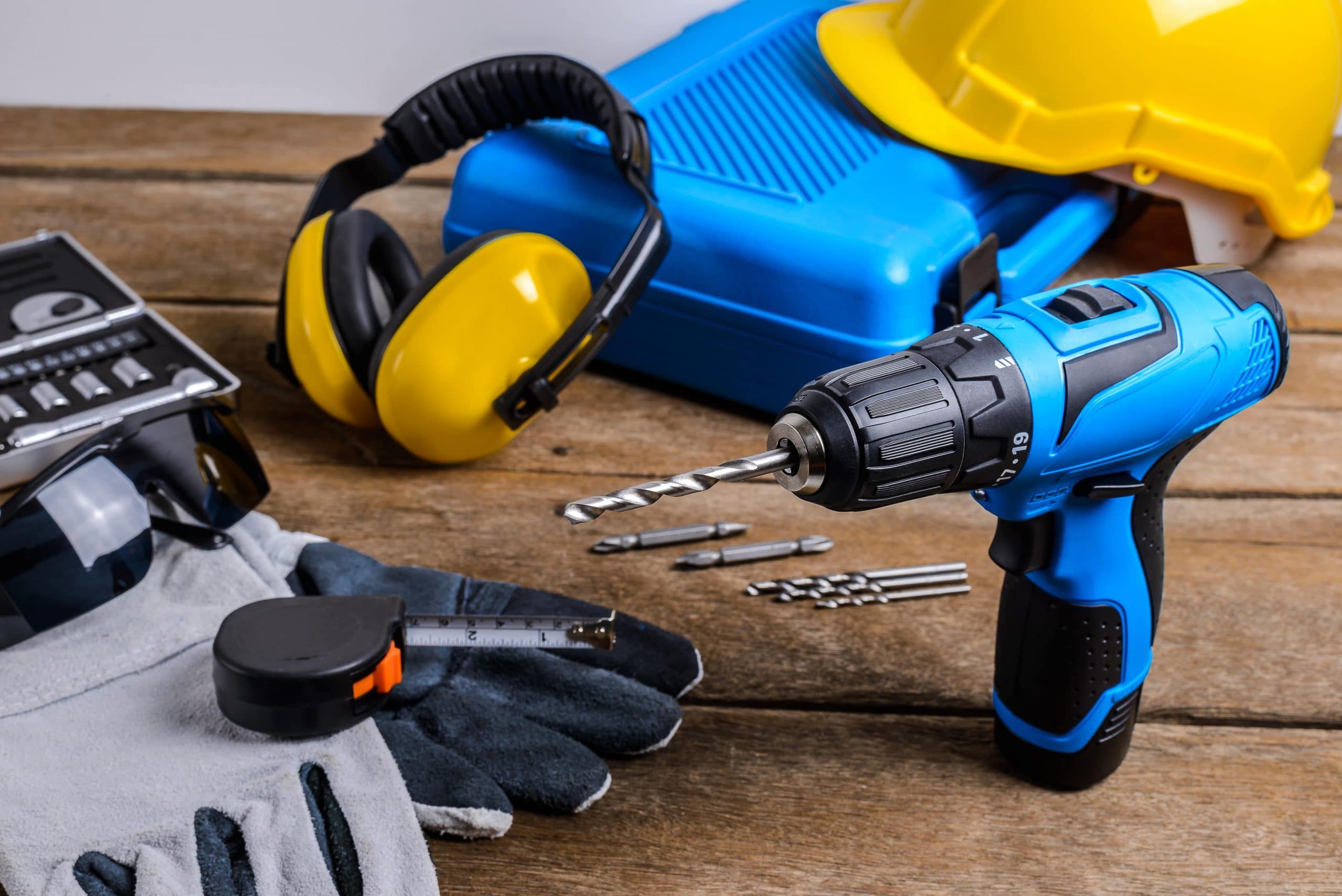
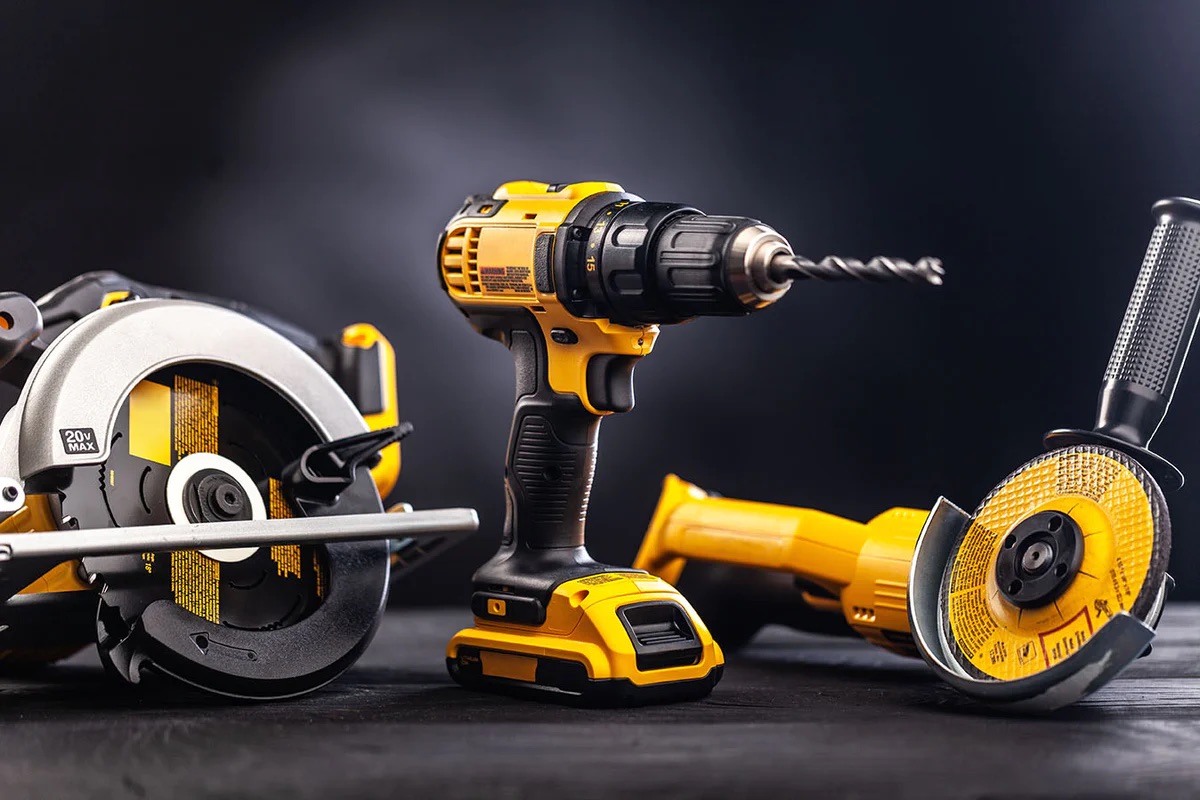

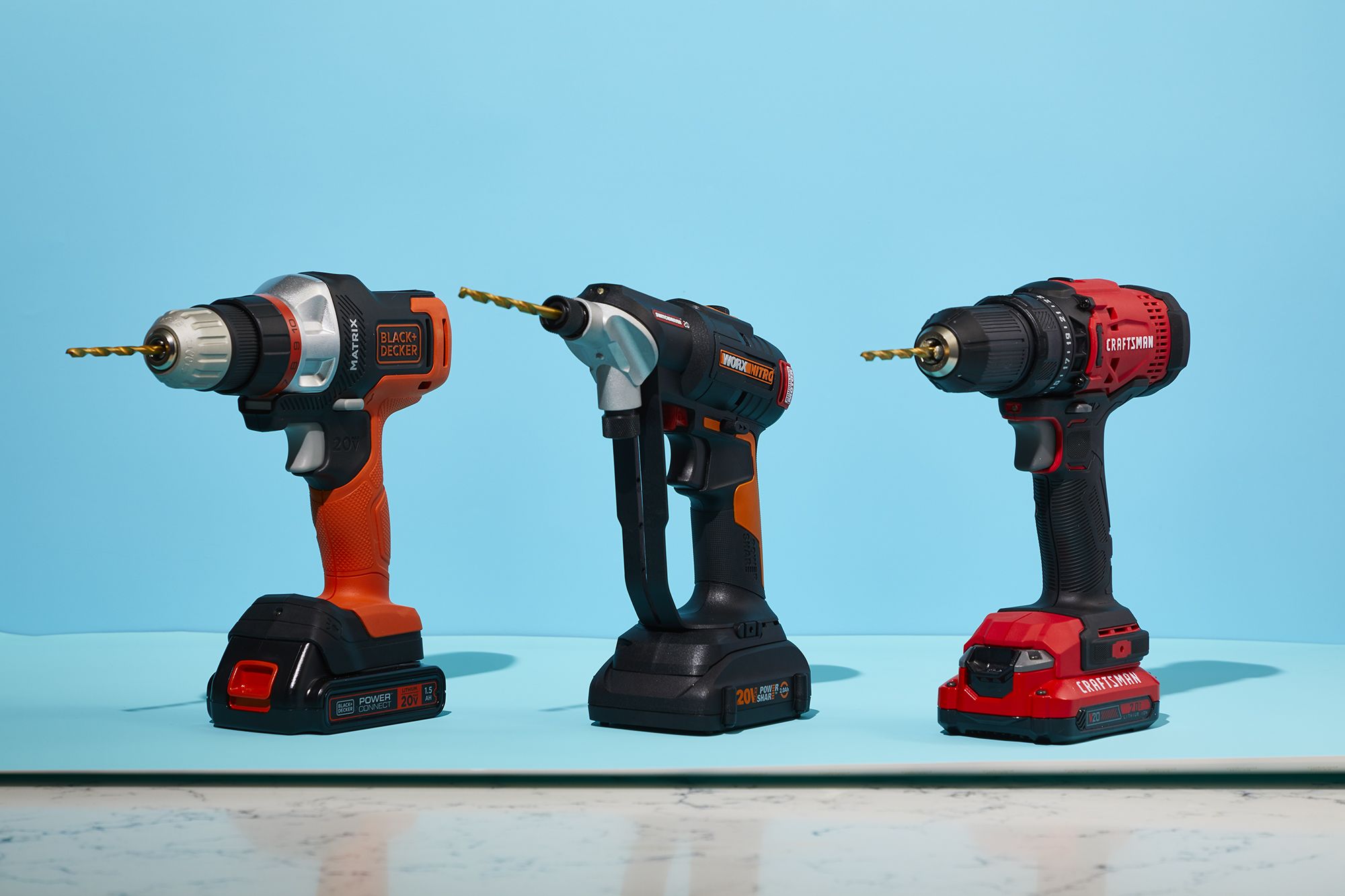

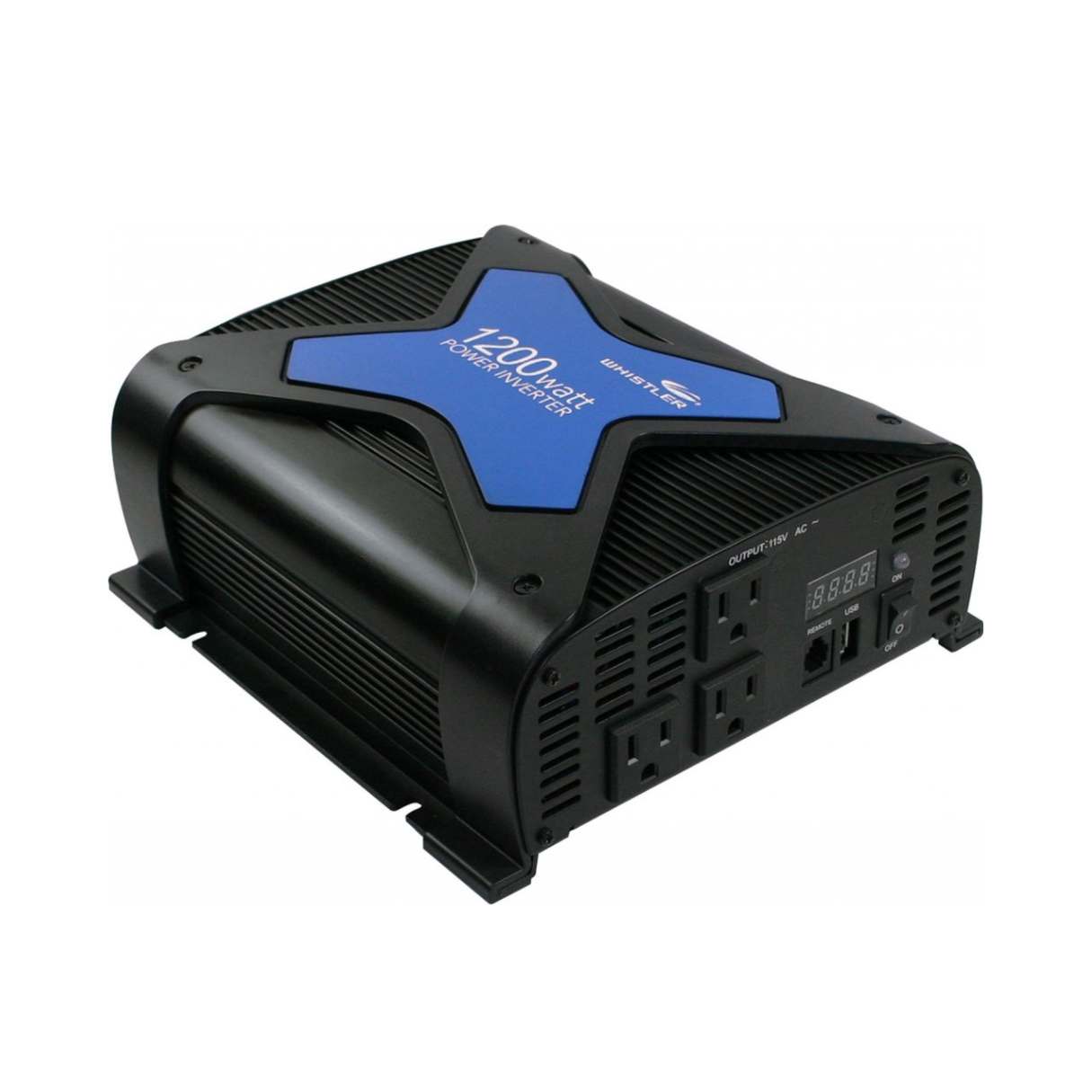
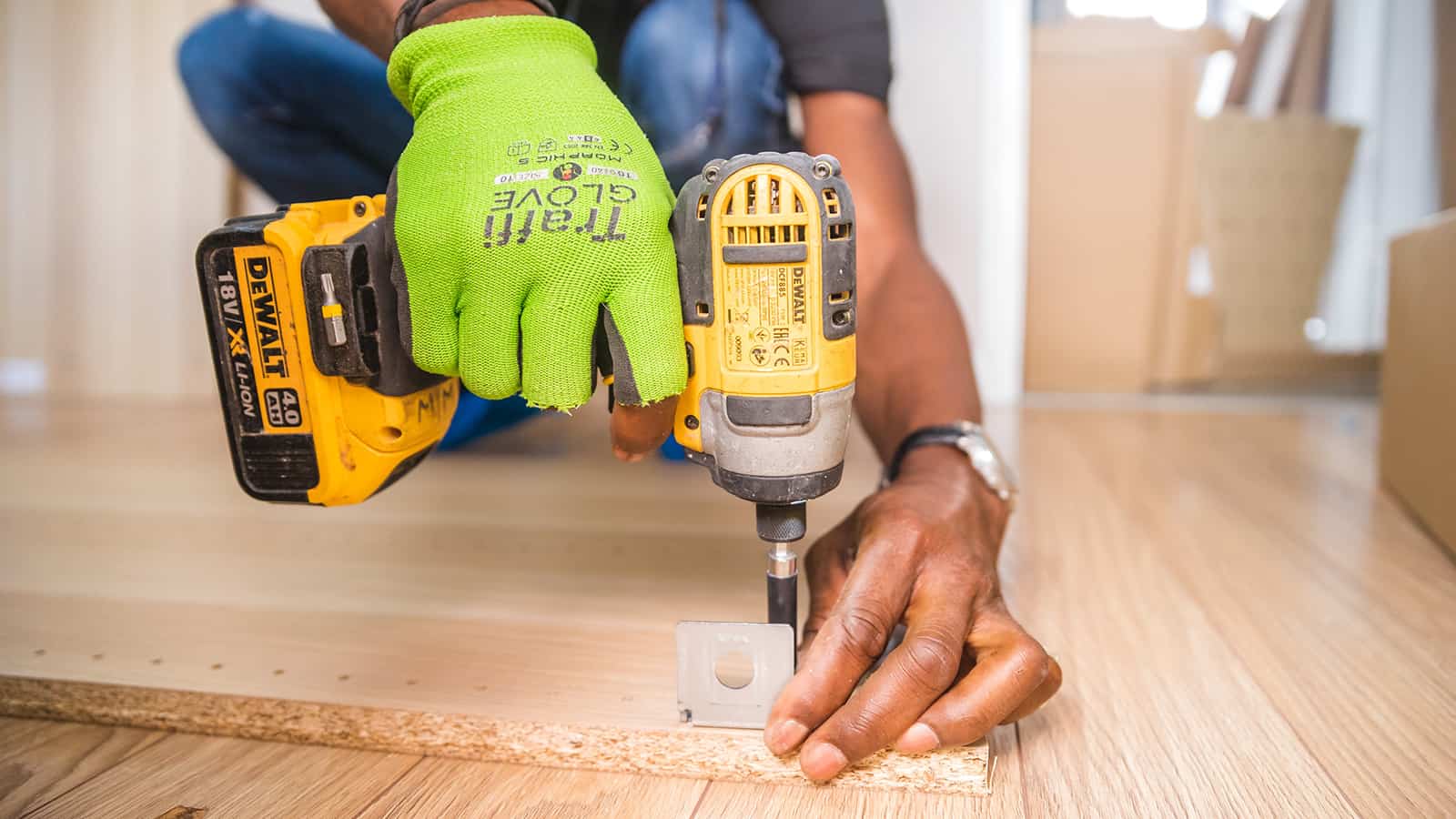
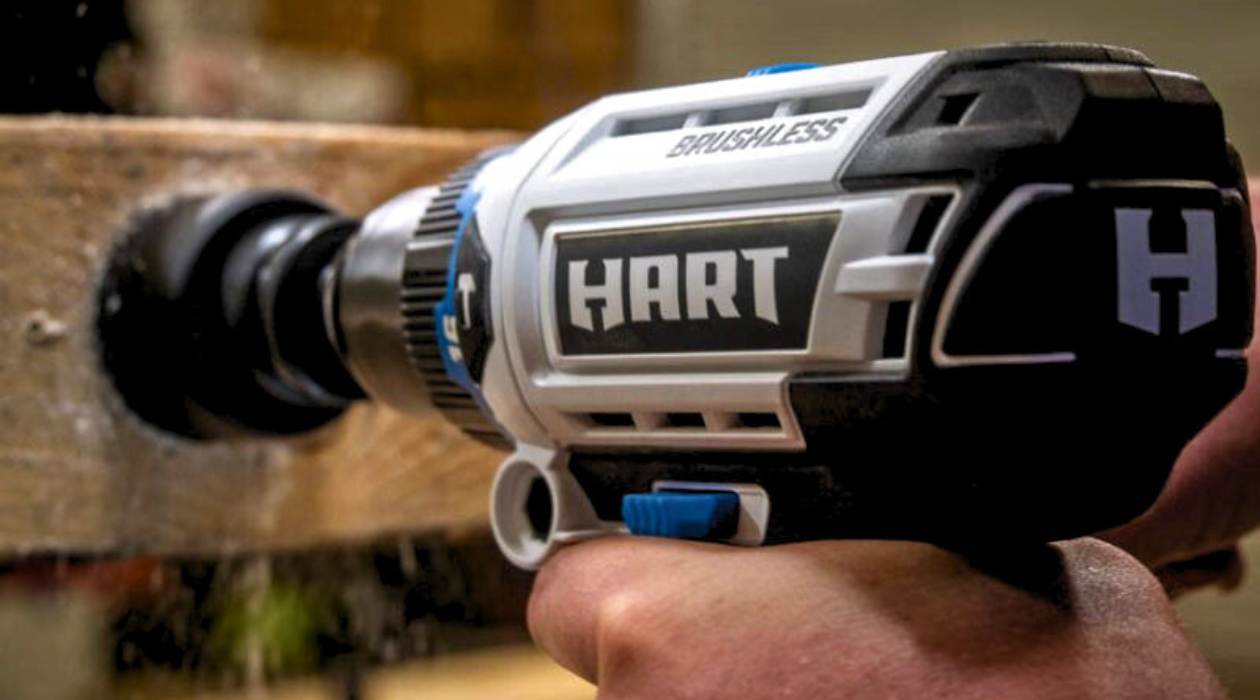
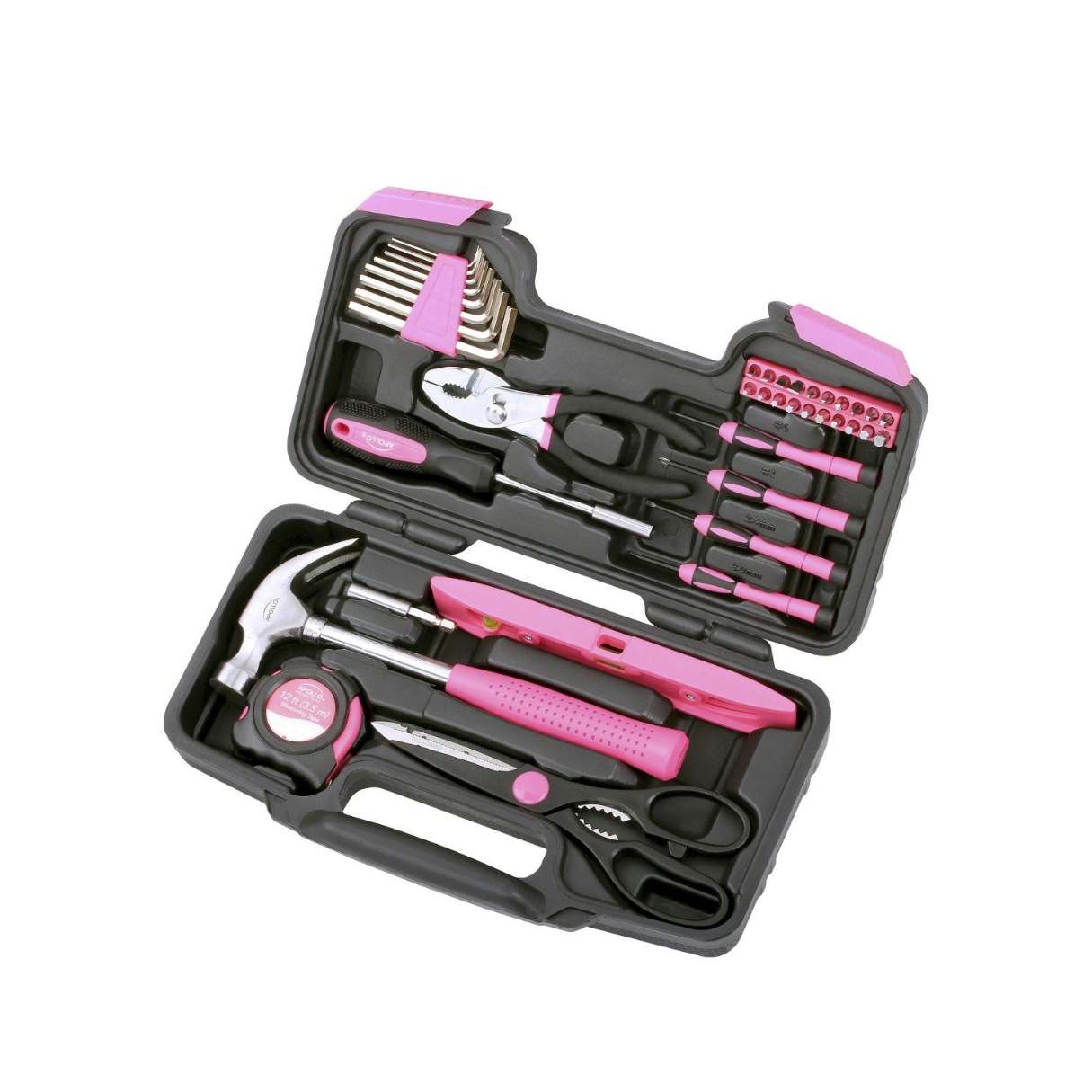
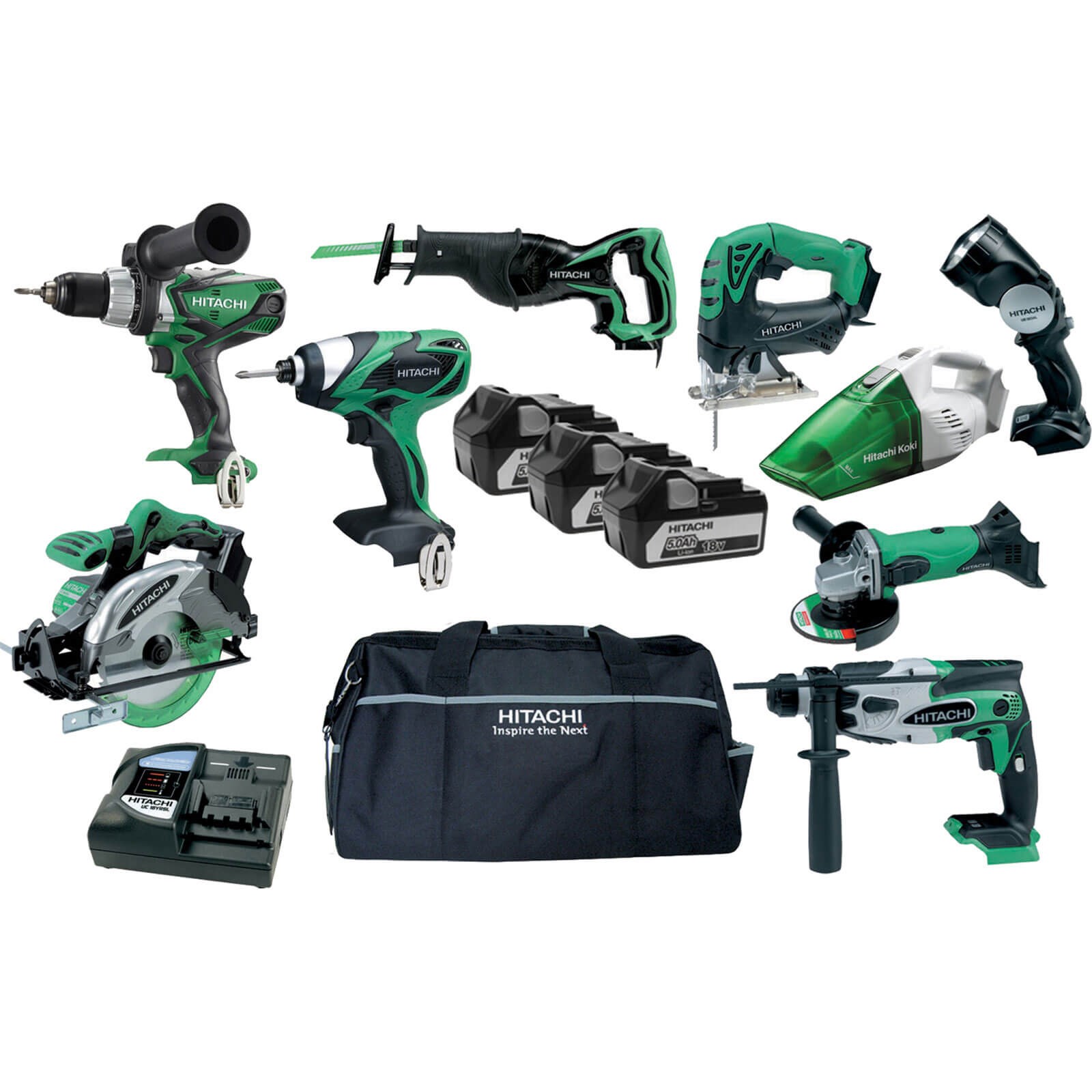
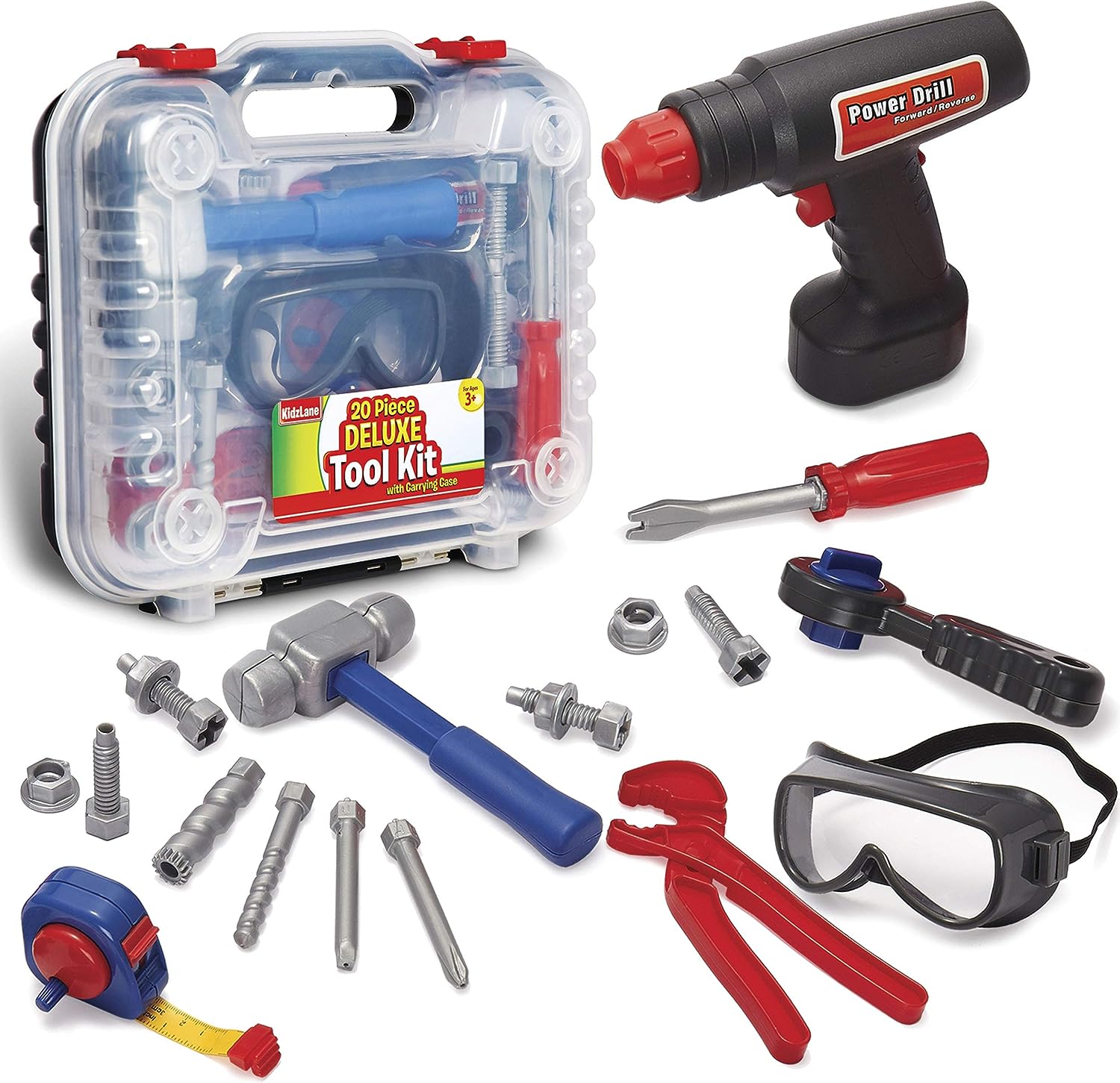
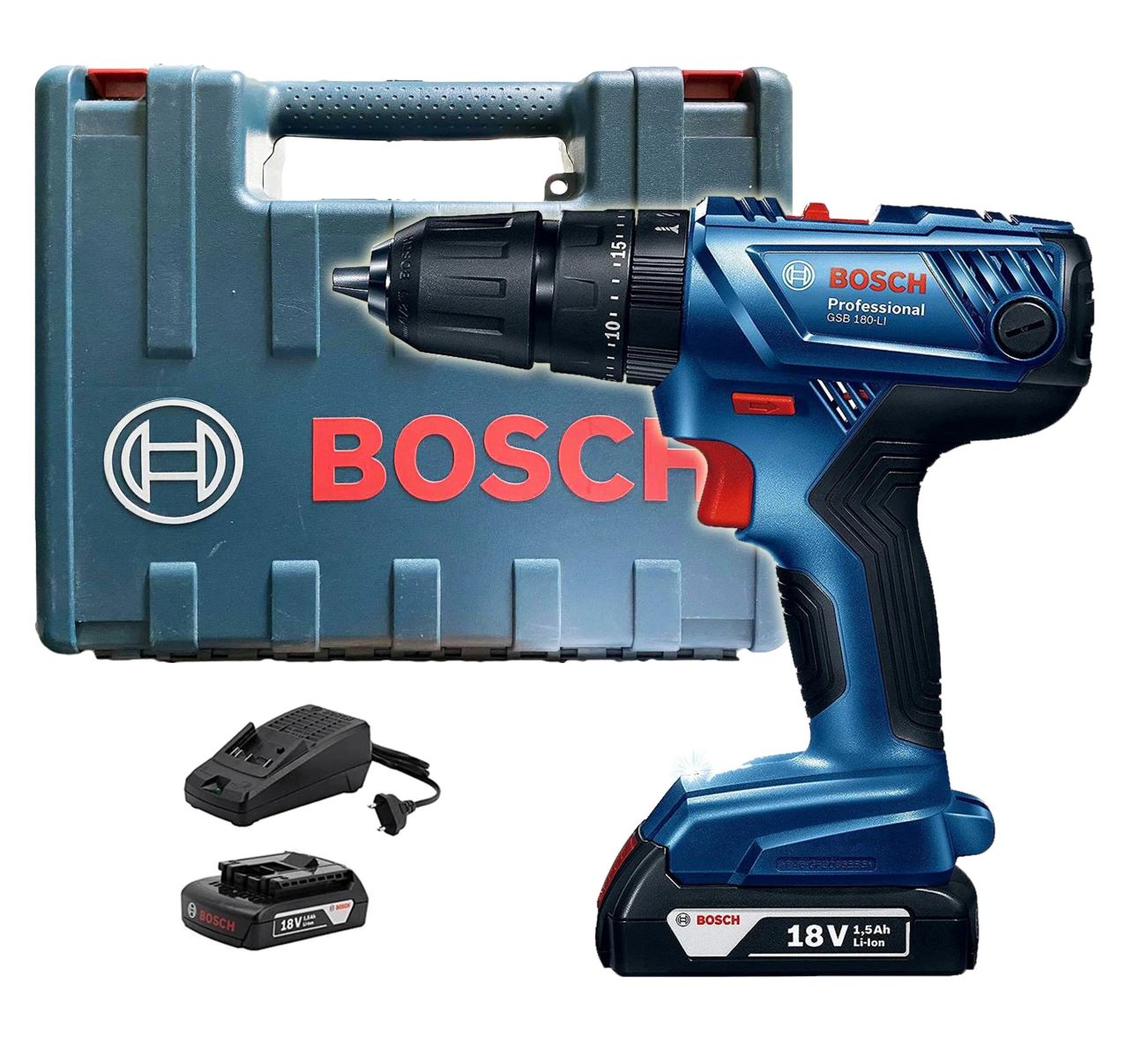
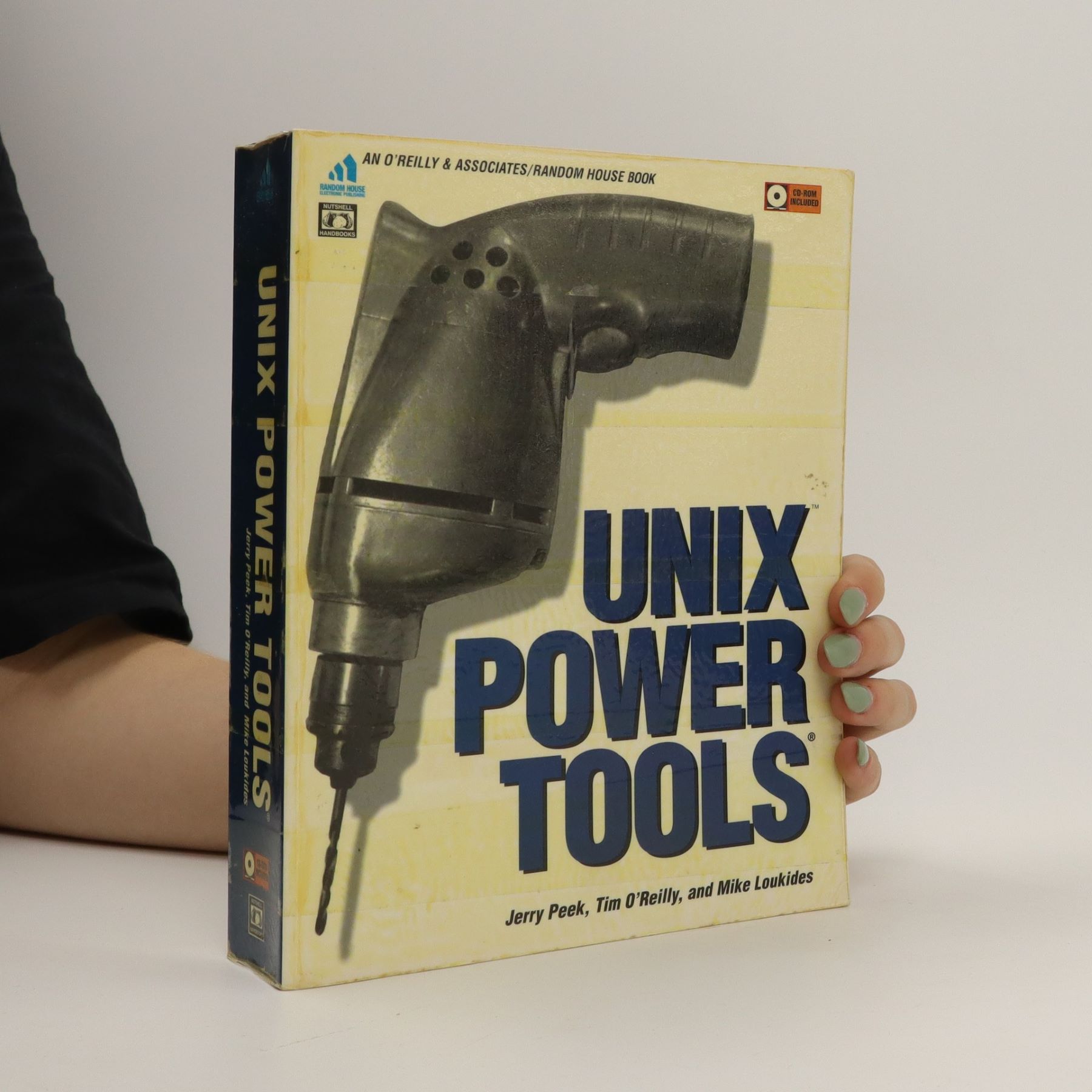

0 thoughts on “What Are The Best Power Tool Brands”